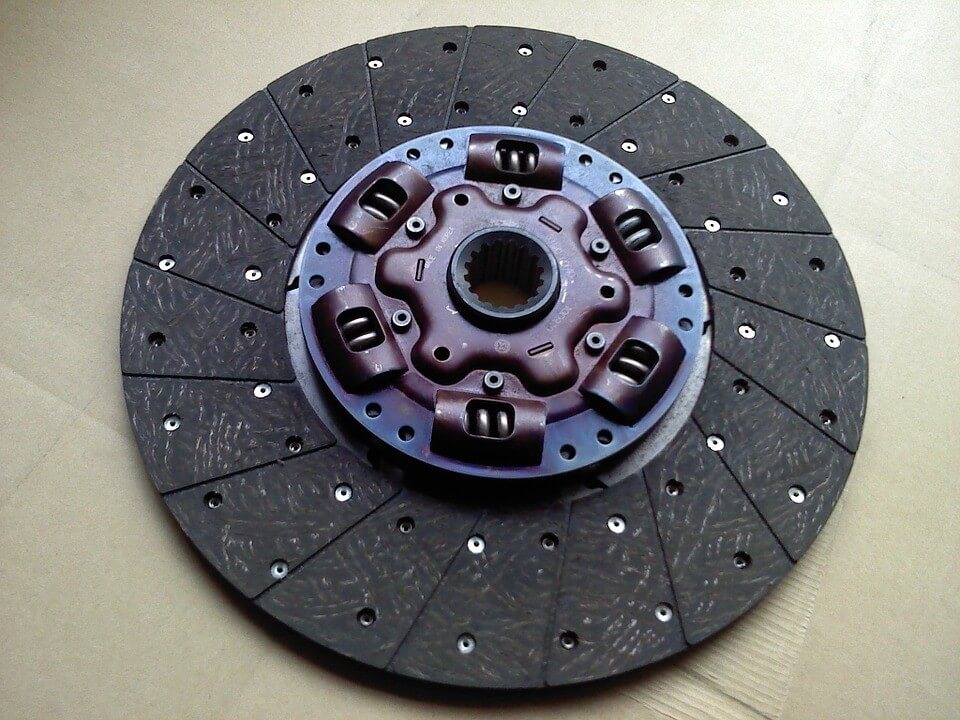Table Of Contents
4 Types of Electromagnetic Clutches and How They Work
Last Updated on: November 14th, 2024
Magnetic clutches utilize a technology that repeatedly connects and disconnects coaxial shafts. They work very much as normal clutches do. To keep the torque on the motor working properly, electric clutches that use magnetism are the best solution.
Electromagnetic clutches are ideal because they don’t pick up dust very easily, which allows the clutch to remain cleaner for longer. Read on to learn more about the different electromagnetic clutches and how they work.
Multi-Disk Clutch

Multiple disk clutches work quite closely to tooth clutches using the same electrical actuation. The coil in the clutch becomes magnetic and starts to produce lines of flux, which then goes through a gap in the rotor. This type of electric-magnetic clutch must have a rotor that can be magnetized too, for it to create a magnetic loop between the coil and rotor.
Multiple disk clutches use friction between the disks to transfer torque. These are held apart by springs that separate the disks, making sure no contact is made that could cause interference.
Tooth Clutch
Clutches are important for many motorized pieces of machinery, and their timing has to be set perfectly to avoid any slippage when torque is being transmitted. Tooth clutches are suitable for both wet and dry conditions, therefore, appliances that use gearboxes do well with these types of clutches.
The teeth of the clutch also allow for more torque to be maintained using a smaller size component. They apply torque manually even though they are operated with electric actuation. These types of clutches are ideal for small applications that don’t need to go over 50 rpm when running.
Particle Clutch
Clutches utilizing magnetic particle technology work differently in that the torque can be controlled to be linear to the voltage and they work more accurately than tooth clutches. For fast running machines such as those that label equipment, process cards, and generally over 50 rpm work the best with a particle clutch.
Similar to iron filings, a particle clutch works by flowing through a coil, and as the current and magnetic field expands, it binds the magnetic particles together to become stronger.
Hysteresis

When the required torque is not known or is still being tested, hysteresis-powered clutches are used. These types can withstand very high ranges of torque, and because they can be controlled remotely various torque ranges can be tested. Hysteresis-powered applications don’t use disks or coils and rely solely on magnetism being transmitted without any contact. This allows for a long product lifecycle as there is less wear on the components of these electromagnetic clutches.
The most common use of hysteresis-powered machines is for testing facilities that have to quality check multiple applications each with different ranges of torque.
Electromagnetic clutches ensure that there is sufficient tension to get the job done while being fully controllable. By using friction created from the current of an electromagnetic field, these four types of clutches work to transport torque power where it needs to go. Electromagnetic clutches are mostly used in cars, lawnmowers, and conveyor belts for food and machinery manufacturing plants.
Read Also:















All Comments
electrical conductivity meter for metals
27th August, 2023
Tһiѕ guy ԁoes a ɡreat job.